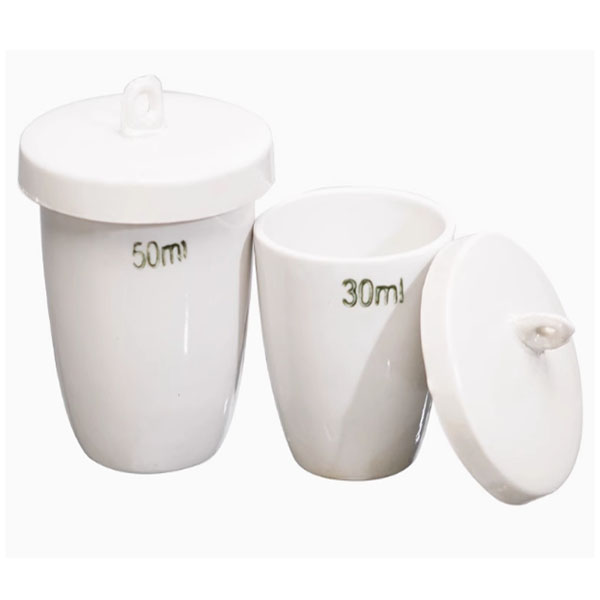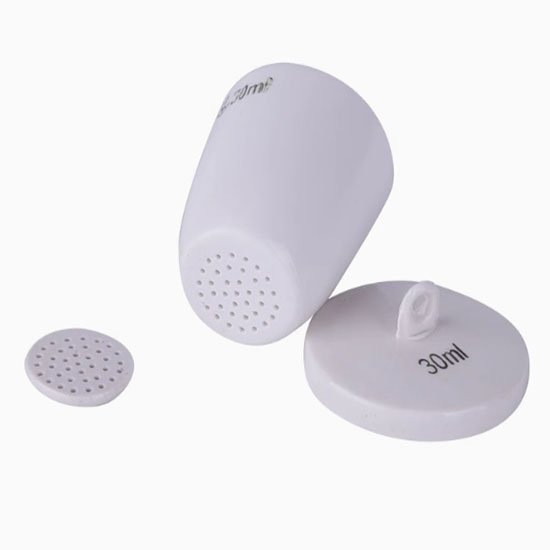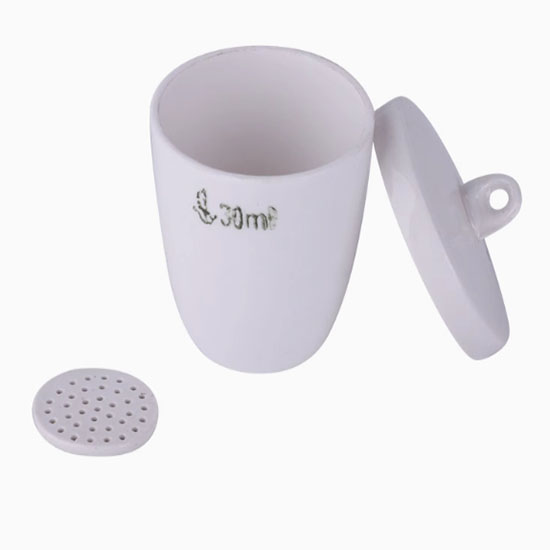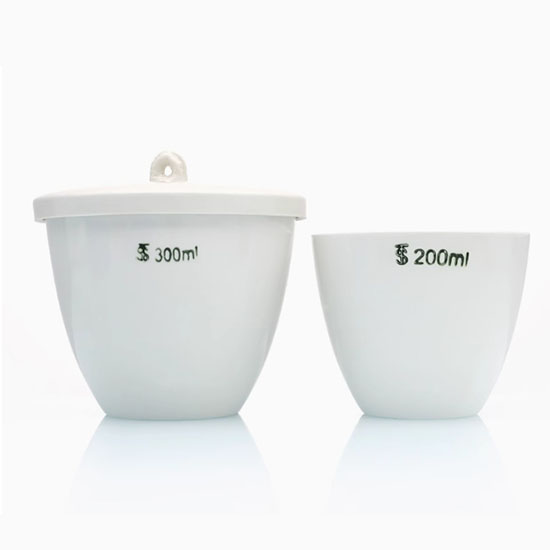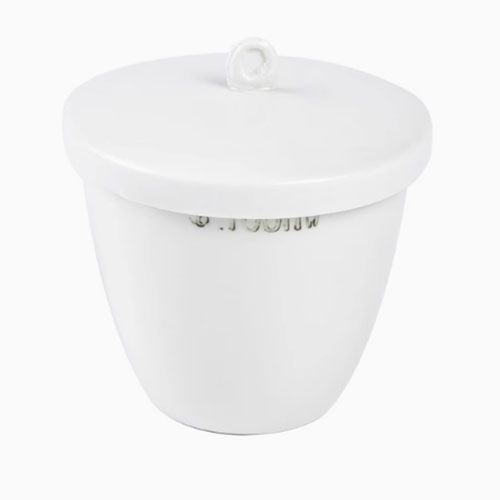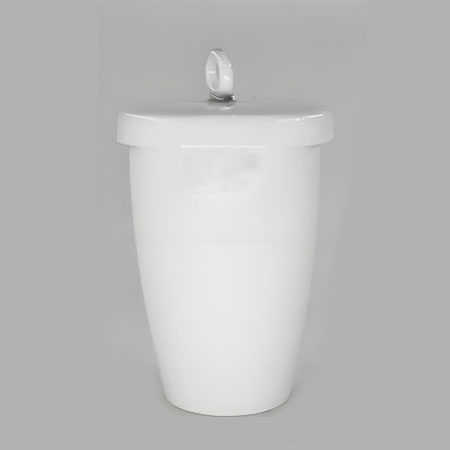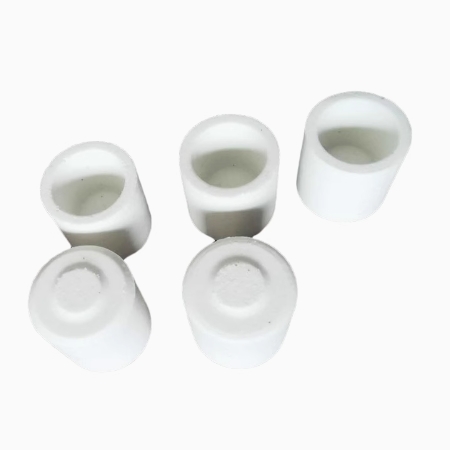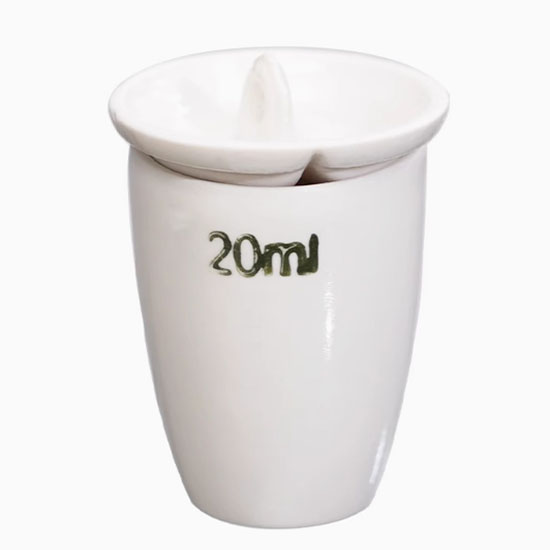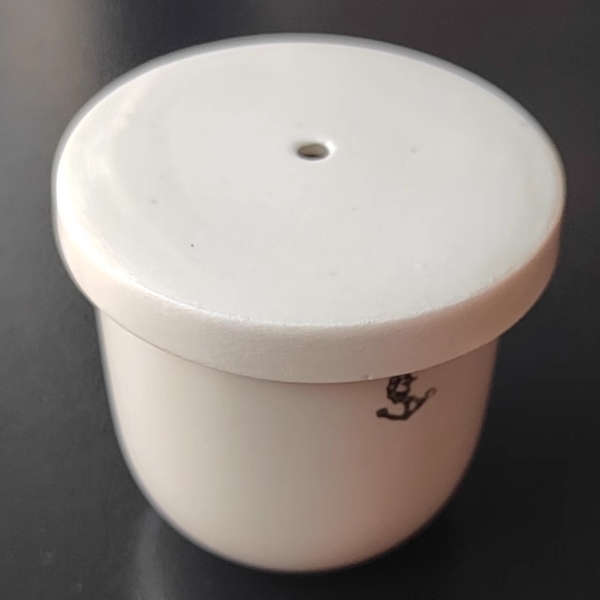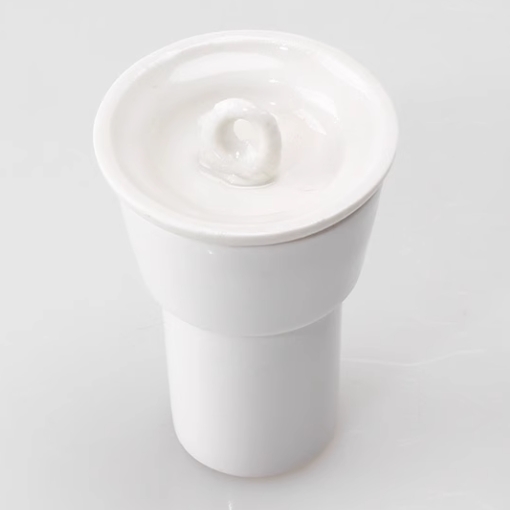tiandi@tiandicn.com / lab-glassware@tiandicn.com
+86-515-88631536 / +86 13912566435
+ 86 19551521639
Tiandilabware
Product features
(1) High temperature resistance: It can withstand high temperatures, generally around 1200 degrees Celsius, and is suitable for a variety of chemical reactions and experiments that require high temperature conditions.
(2) Corrosion resistance: It has good corrosion resistance to many chemical substances, such as being able to resist the erosion of acids, alkalis, salts and other chemical substances, which to a certain extent ensures the stability and service life of the crucible in chemical experiments and industrial production.
(3) Filtering function: Its fine pore structure gives it a certain filtering ability, which can play a role in filtering impurities and separating solids and liquids in some experiments or production processes, such as filtering precipitation in chemical analysis.
(4) Chemical stability: It has low chemical activity and is not easy to react chemically with the treated material under high temperature environment, thus ensuring the accuracy of experimental results and product quality. It is suitable for treating various substances with different chemical properties.
(5) Thermal insulation performance: The ceramic material itself has good thermal insulation performance. Porcelain crucibles with lid and disc can effectively reduce the loss of heat, help maintain the temperature stability of the material in the crucible, and improve energy utilization efficiency. It plays an important role in some experiments or production processes that require precise temperature control.
Porcelain crucibles with lid and disc has a smooth surface, standardized pore size, good texture, complete specifications, and meets the needs.
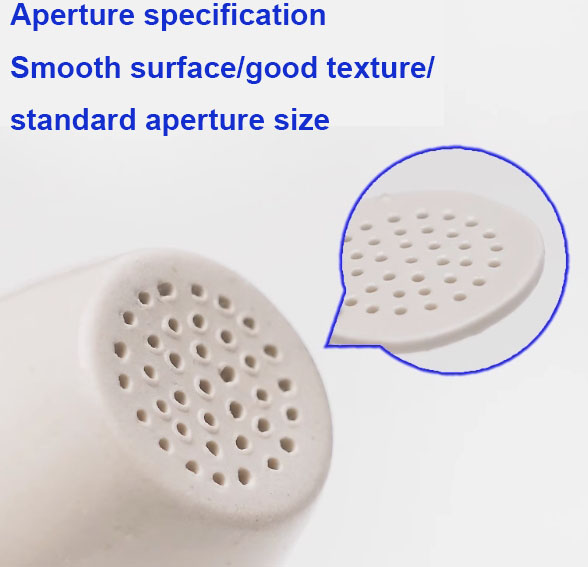
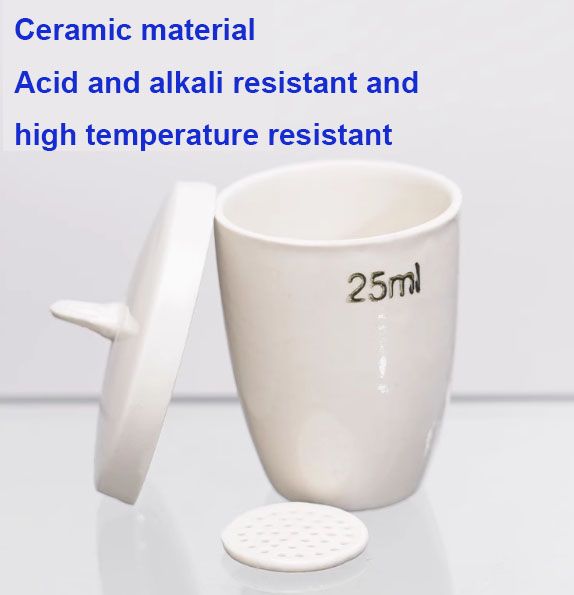
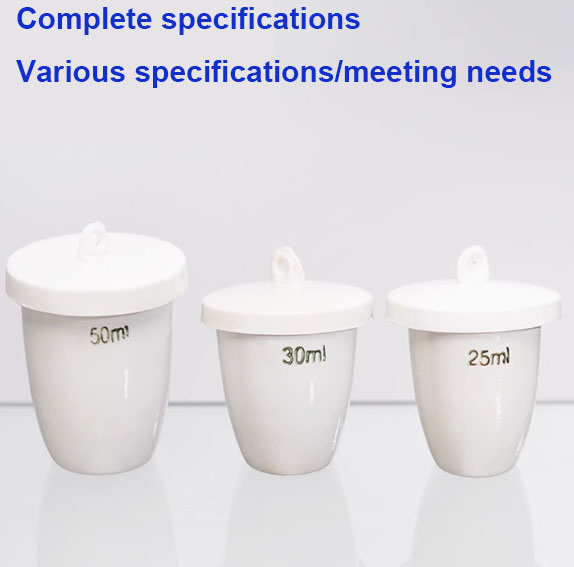
Product specifications
| Item NO. | Capacity(ml) | Rim Diam(mm) | Bottom Diam(mm) | Height(mm) |
| C-34 | 25 | 38 | 23 | 40 |
| C-35 | 30 | 40 | 25 | 46 |
| C-37 | 50 | 43 | 28 | 58 |
Product applications
(1) Laboratory research: It is often used in chemical analysis experiments, such as weight analysis, volumetric analysis, etc. It can be used for operations such as burning precipitation and melting samples; it can also be used for the study of some high-temperature chemical reactions, such as catalytic reactions, redox reactions, etc., providing researchers with a stable high-temperature reaction container.
(2) Metal smelting: In powder metallurgy, it is used to sinter and heat-treat powder materials to form dense block materials; it can also be used in the smelting process of certain metals, and can withstand the erosion of high-temperature molten metal to ensure the smooth progress of the smelting process.

